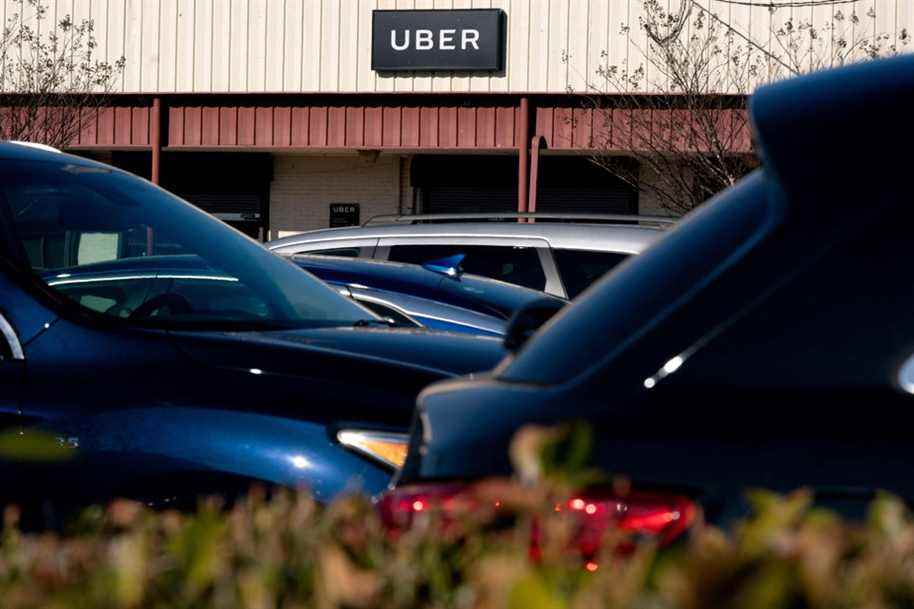(San Francisco) Markets were expecting more losses, but Uber posted net income of $892 million in the fourth quarter, a sign that profitability is no longer a pipe dream for the car rental giant with drivers (VTC).
Posted yesterday at 4:36 p.m.
The U.S. company posted holiday season revenue of $5.8 billion, up 83% year-on-year, according to its earnings release on Wednesday.
Its title took more than 5% during electronic trading after the close of trading.
“Uber comes out stronger from the pandemic,” said Dara Khosrowshahi, the boss of the company, during the conference with analysts.
The application now has 118 million “monthly active users”, “more than ever before”, according to the leader. He also pointed out that for the ride-hailing business, gross bookings (essentially the amount collected before drivers are paid) are almost back to pre-pandemic levels.
As for the Omicron variant, it was less of a spoilsport than expected. “Its impact on journeys seems to have been very limited in time,” assured Mr. Khosrowshahi.
Uber has suffered greatly from the drop in business and personal travel in 2020 and 2021, to the point of having to delay its profitability objectives.
“Muscle Fast”
The Californian group then invested in deliveries, and this activity quickly became more important than journeys.
In all, from October to December, deliveries brought in $2.4 billion to Uber (+78% year-on-year), and trips, 2.3 billion (+55%).
Like many companies, Uber nevertheless continues to lack manpower.
“The demand for deliveries as for trips is like a very fast muscle, while the supply adjusts more slowly,” notes the boss.
He clarified that the platform’s algorithms were no longer separated between the two activities, and now offered drivers either deliveries or journeys “in a much more fluid and elegant way”.
Over the year 2021, Uber reached $ 17.5 billion in revenue and largely reduced its losses to 496 million, instead of the 6.8 billion net losses in 2020.
In November, Dara Khosrowshahi, was pleased to have released for the first time a gross operating surplus (earnings before interest, taxes and amortization or Ebitda) of 8 million dollars.
“This superb quarter should put an end to the many questions, not always unjustified, that we have been asked about our economic model. Does it work ? The answer is yes,” he assured.
The status of drivers
But Uber has not finished proving that the economic model it has created, that of the “gig economy” (“economy of odd jobs”), is socially viable.
The self-employed status for drivers, essential to this model, is indeed questioned in many countries.
In the United Kingdom, the British Supreme Court ruled a year ago that Uber drivers were not self-employed and should benefit from minimum social rights: minimum wage and paid holidays.
“Our drivers now receive financial benefits that our competitors do not have to pay,” complained the group’s boss, while explaining that it was the “right decision”, even if it “cost them dearly”, to ensure their presence in this country in the long term.
In the United States, the Biden administration in May reversed regulations adopted by the Trump administration making it more difficult for platform workers to claim employee status, in order to “maintain workers’ rights to minimum wages and overtime protections.
The battle is first played out where Uber was born, in California.
The state passed a law in 2019 considering them as employees. Uber counter-attacked in 2020 by having the self-employed status of drivers approved by referendum.
But this referendum was declared unconstitutional by a judge last August.
“In California, we are sure of ourselves, but I have nothing more to share for the moment”, commented Dara Khosrowshahi.
